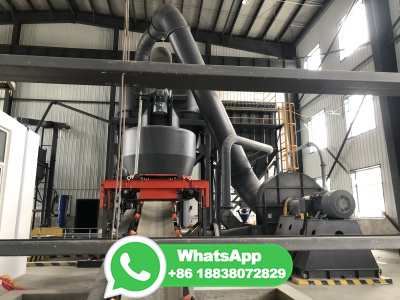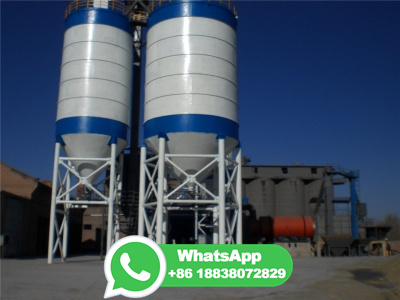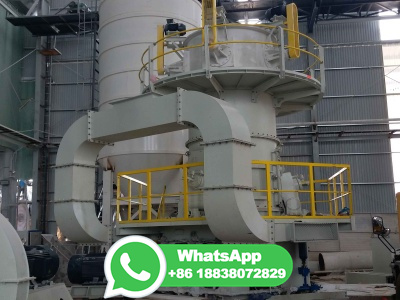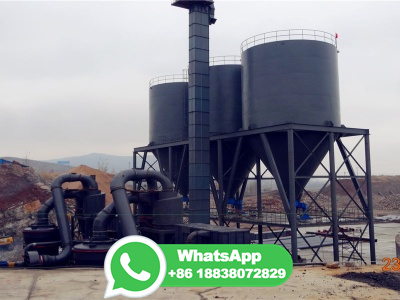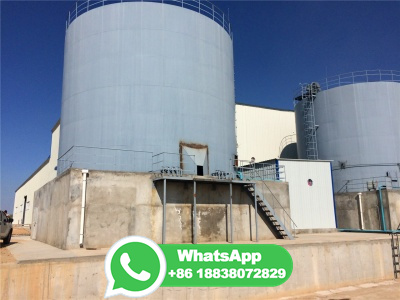Iron Ore: The Foundation Of Steelmaking |
WEBMar 6, 2024 · Iron ore is the foundation of steelmaking, a vital industry that underpins modern infrastructure and economic growth. Understanding the formation, characteristics, and extraction methods of iron ore provides valuable insights into its role in the steel industry. As we move forward, it is essential to prioritize sustainable practices and ...











